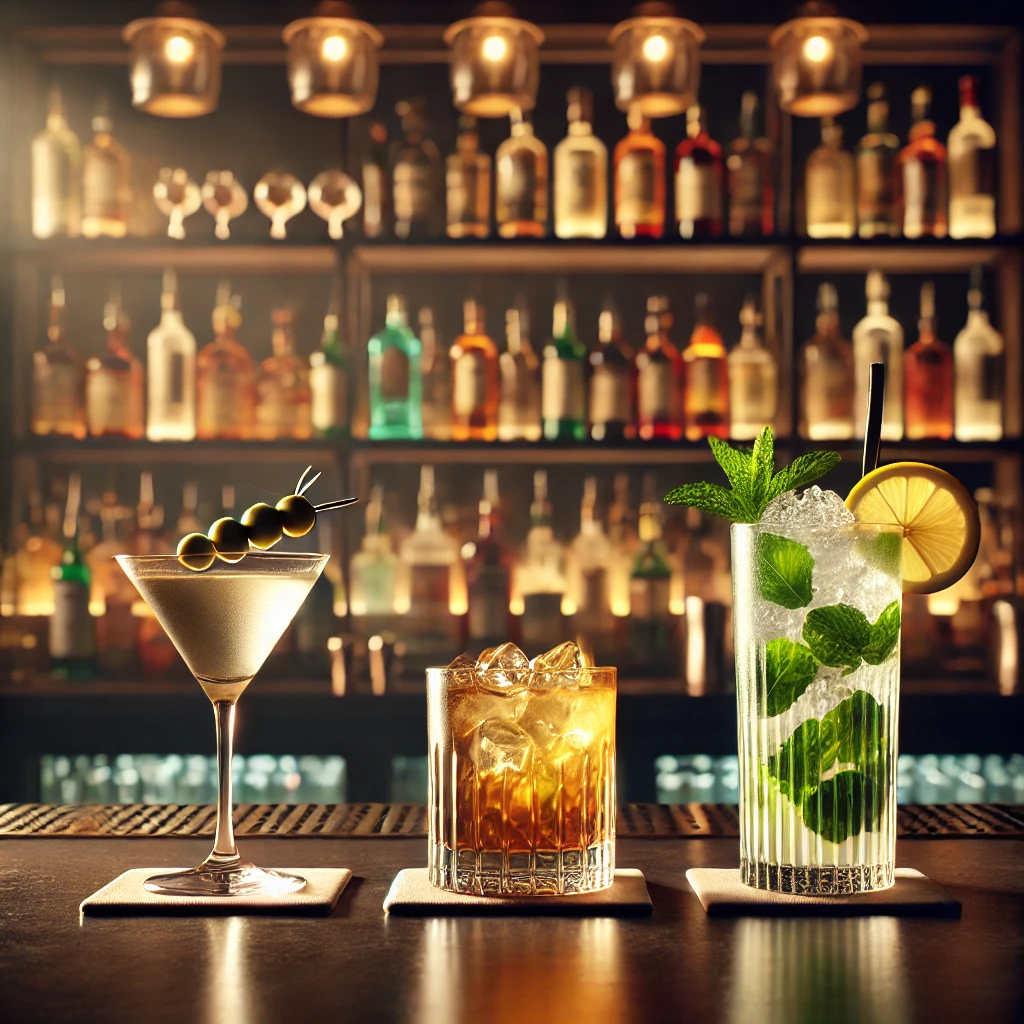Classification of Cocktails: A Guide to Categories and Types
Cocktails are an integral part of mixology, celebrated for their diversity and artistry. Understanding the classification of cocktails is essential for bartenders, enthusiasts, and connoisseurs alike. These beverages can be categorized in several ways, based on factors such as quantity, ingredients, and occasion.
Below is an exploration of three common classification systems that highlight the variety and versatility of cocktails.
1. Classification by Quantity
This method sorts cocktails by their serving size, typically measured in centiliters (cl):
- Short Drink: Cocktails with a capacity of up to 7 cl. These are often strong and concentrated, typically served in small glasses and savored in small sips. Examples include the Martini and the old-fashioned.
- Medium Drink: Ranging from 10 to 13 cl, medium drinks strike a balance between potency and volume. They are versatile and include cocktails like the Whiskey Sour and the Gimlet.
- Long Drink: With a capacity of 13 to 20 cl or more, long drinks are refreshing and ideal for leisurely enjoyment. They are often served with mixers, such as the Mojito or the Gin and Tonic.
2. Classification by Ingredients
Another way to categorize cocktails is by their flavor profile, determined by the balance of ingredients:
- Sweet: These cocktails are rich and indulgent, often incorporating syrups, fruit juices, or sweet liqueurs. Examples include the Piña Colada and the Daiquiri.
- Soft: Delicate and subtle, soft cocktails often feature light flavors and lower alcohol content, making them approachable and easy to drink.
- Medium Dry: Balanced between sweetness and dryness, these cocktails appeal to a wide range of tastes.
- Very Dry: Bold and intense, very dry cocktails typically emphasize the flavor of the base spirit, as seen in a classic Dry Martini.
3. Modern Classification
The modern approach categorizes cocktails based on their purpose or occasion:
- Pre-Dinner: These cocktails, like the Negroni or the Aperol Spritz, serve as appetizers, stimulating the appetite before a meal.
- After-Dinner: Designed to complement or conclude a meal, after-dinner cocktails, such as the Espresso Martini or the Brandy Alexander, are often richer and sweeter.
- Fancy: A broad category that includes non-alcoholic cocktails, champagne-based drinks, and creative mixes like Sangria, Grog, or Flip.
- Long Drink: Newly created or adapted cocktails that combine classic recipes with sparkling water or soda. These versatile drinks, such as the Long Island Iced Tea, can be enjoyed at any time of day.
By understanding these classifications, one can appreciate the diversity of cocktails and select the perfect beverage for any occasion. This knowledge enhances the experience of both creating and enjoying these timeless concoctions.

